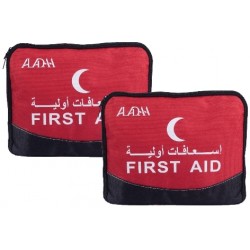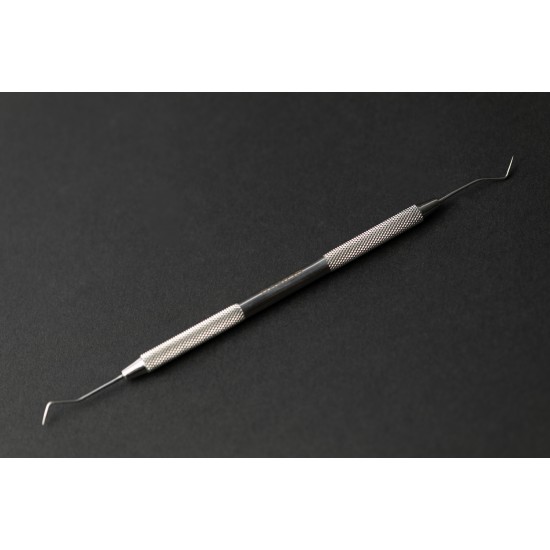



about product
A Dental Explorer is an essential tool in dentistry used by dentists to examine the teeth and detect any cavities, cracks, or defects in the tooth structure. It is characterized by its sharp and thin tip, which helps to detect small pits or cavities on the tooth surfaces that may not be visible to the naked eye.
Features of a Dental Explorer:
Accurate Examination:
- Provides precise control during examination, thanks to its sharp tip, which can detect decay or damage in hard-to-see areas.
Ergonomic Design:
- The handle of the explorer is designed for comfort, making it easy for the dentist to control the tool during an examination.
Versatile Use:
- It can be used to examine different areas of the mouth, including the front and back teeth.
Ease of Examination:
- The explorer allows the dentist to check the surfaces of teeth thoroughly, providing an accurate assessment of any decay or cracks.
Common Uses of a Dental Explorer:
- Cavity Detection:
- Used to check for cavities or decay in the teeth by feeling for soft spots or holes in the tooth enamel.
- Crack and Pit Detection:
- Helps identify small cracks or pits on tooth surfaces that may harbor bacteria and lead to further decay.
- Filling Condition Inspection:
- Used to assess the condition of existing fillings and check for leaks or damage.
- General Tooth Health Examination:
- Assists in evaluating the overall health of the teeth and identifying any changes or issues over time.
Types of Dental Explorers:
- Standard Explorer:
- Features a single sharp point to detect decay or defects.
- Flexible Explorer:
- Has a more flexible tip, making it easier to access hard-to-reach or narrow areas.
- Double-ended Explorer:
- Comes with two different tips, allowing for more thorough and varied examination.
Care of a Dental Explorer:
- Regular Sterilization:
- The explorer should be sterilized after each use with an appropriate sterilization method.
- Maintaining the Sharpness:
- Ensure the tip of the explorer is not damaged or bent for accurate examinations.
- Proper Storage:
- Store the explorer in a safe, dry place to prevent damage.
The dental explorer is a crucial tool for inspecting the health of teeth and detecting early signs of dental issues, ensuring accurate and effective dental care
- Stock: 2-3 Days
A Dental Explorer is an essential tool in dentistry used by dentists to examine the teeth and detect any cavities, cracks, or defects in the tooth structure. It is characterized by its sharp and thin tip, which helps to detect small pits or cavities on the tooth surfaces that may not be visible to the naked eye.
Features of a Dental Explorer:
Accurate Examination:
- Provides precise control during examination, thanks to its sharp tip, which can detect decay or damage in hard-to-see areas.
Ergonomic Design:
- The handle of the explorer is designed for comfort, making it easy for the dentist to control the tool during an examination.
Versatile Use:
- It can be used to examine different areas of the mouth, including the front and back teeth.
Ease of Examination:
- The explorer allows the dentist to check the surfaces of teeth thoroughly, providing an accurate assessment of any decay or cracks.
Common Uses of a Dental Explorer:
- Cavity Detection:
- Used to check for cavities or decay in the teeth by feeling for soft spots or holes in the tooth enamel.
- Crack and Pit Detection:
- Helps identify small cracks or pits on tooth surfaces that may harbor bacteria and lead to further decay.
- Filling Condition Inspection:
- Used to assess the condition of existing fillings and check for leaks or damage.
- General Tooth Health Examination:
- Assists in evaluating the overall health of the teeth and identifying any changes or issues over time.
Types of Dental Explorers:
- Standard Explorer:
- Features a single sharp point to detect decay or defects.
- Flexible Explorer:
- Has a more flexible tip, making it easier to access hard-to-reach or narrow areas.
- Double-ended Explorer:
- Comes with two different tips, allowing for more thorough and varied examination.
Care of a Dental Explorer:
- Regular Sterilization:
- The explorer should be sterilized after each use with an appropriate sterilization method.
- Maintaining the Sharpness:
- Ensure the tip of the explorer is not damaged or bent for accurate examinations.
- Proper Storage:
- Store the explorer in a safe, dry place to prevent damage.
The dental explorer is a crucial tool for inspecting the health of teeth and detecting early signs of dental issues, ensuring accurate and effective dental care

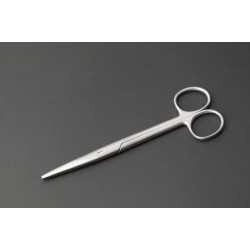
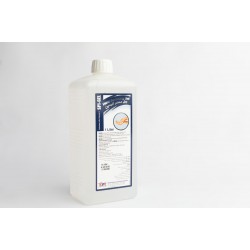
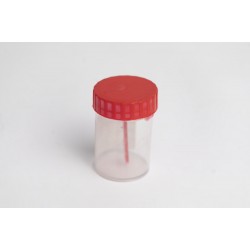
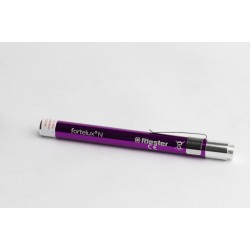
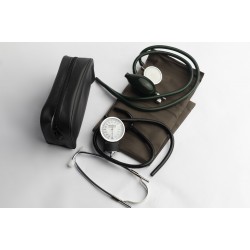
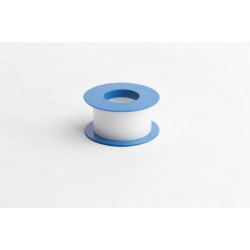
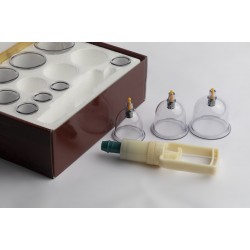
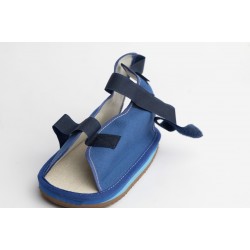
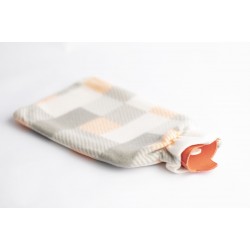
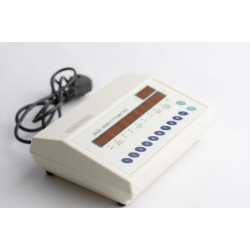
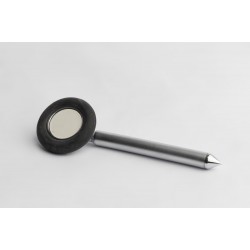
-250x250w.jpg)
-250x250w.jpg)
